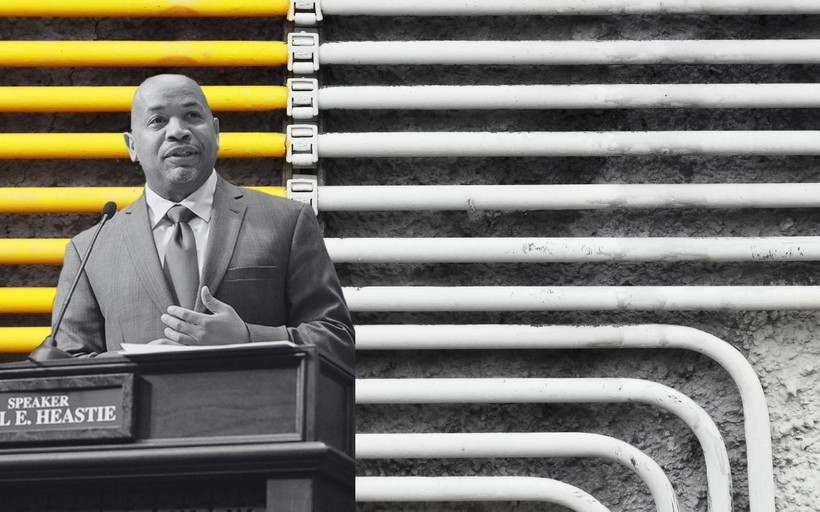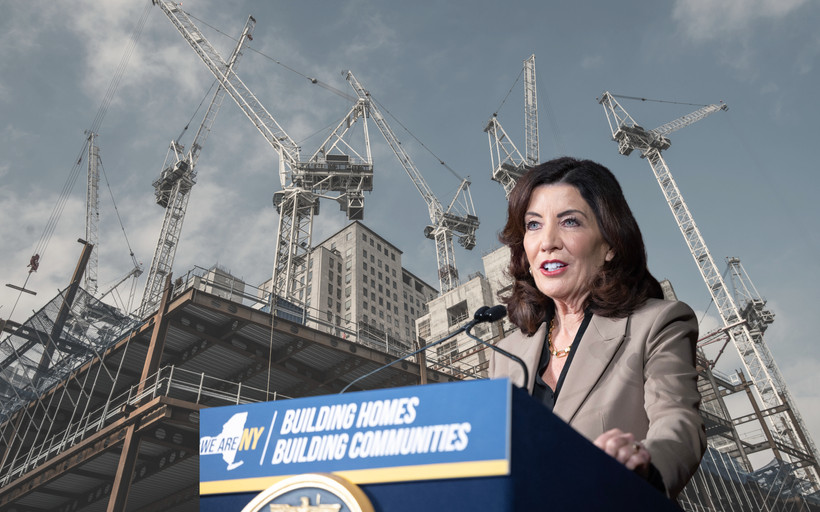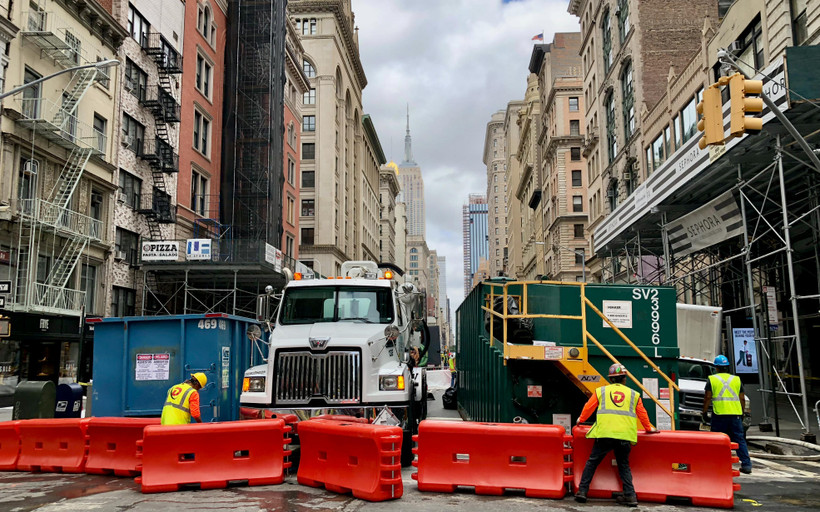Is Eric Adams About to Gut the Nation’s Most Important Local Climate Law?
Enormous pollution cuts and tens of thousands of jobs depend on how Adams implements New York City’s landmark climate law in the coming months.

Previously unreleased disciplinary files expose officers who beat, slap, and pepper spray the residents they’re supposed to protect. Most are back at work within a month.
Referencing a New York Focus story, Assemblymember Jessica González-Rojas introduced legislation to prevent public agencies from naming the medically discredited condition in their reports.
In the New York City teachers union, anger over a plan to privatize retiree health care could send a longshot campaign over the edge.
The Assembly rejected legislation that would have sped up New York’s transition away from gas.
The Assembly and Senate want to beef up labor standards and farmland protections for clean energy projects. Developers say that would slow down the energy transition.
State investigators accused the gas utility of “sloppiness” in managing customer funds, but took a light touch in enforcement.
It’s the first step New York has taken to address its housing shortage in years — but tenant groups are fuming and real estate wants more.
As real estate developers resist wage guarantees and try to roll back tenants’ rights, a potential budget deal is at an impasse.
What are industrial development agencies?
Low-wage manual laborers can sue to make their bosses pay them weekly. Hochul’s late-breaking budget addition may undermine that right.
As the state legislature considers a bill to change warranty payments, unions join their bosses to make car companies pay more.
As the relationship was coming to light, Heastie returned $5,000 in campaign cash to a labor group from which he’d recused himself.



